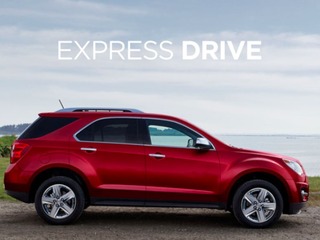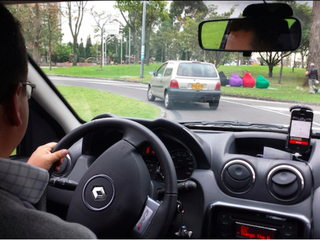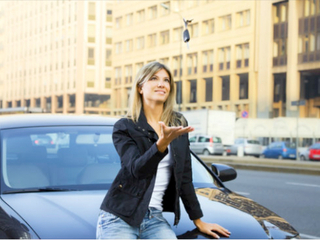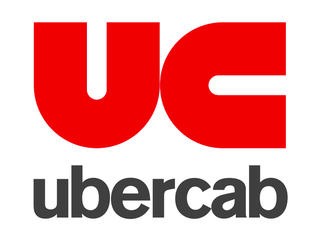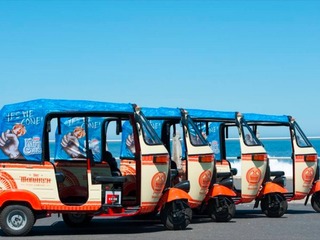Trump rescinds Biden executive order on artificial intelligence
The EO set AI safety and security standards and called for a report on AI's impact on labor
Read more...Editor's Note: Our annual Vator Splash Spring 2016 conference is around the corner on May 12, 2016 at the historic Scottish Rite Center in Oakland. Speakers include Nigel Eccles (CEO & Co-founder, FanDuel), Andy Dunn (Founder & CEO, Bonobos), Mitch Kapor (Founder, Kapor Center for Social Impact); Founders of NextDoor, Handy, TubeMogul; Investors from Khosla Ventures, Javelin Venture Partners, Kapor Capital, Greylock, DFJ, IDG, IVP and more. Join us! REGISTER HERE.
If they can legally drive, let them drive for Uber.
Uber this morning announced that it has partnered with the Communication Service for the Deaf (CSD), an international not-for-profit organization focused on improving quality of life for people who are deaf, deaf-blind, or hard-of-hearing. The two groups are working together to make it easier for people who are deaf to drive for Uber.

The partnership will support sweeping initiatives from the recruiting and training process for drivers all the way to in-app adjustments to the Uber app.
To begin, Uber and the CSD will host sign-up events across the U.S. to let the deaf community know that they can sign up to be drivers on the ridesharing platform. Once signed up, deaf and hard of hearing drivers will work with both Uber and CSD’s ASL-based customer experience team to get onboarded. Additionally, Uber will work with the CSD to create online video support guides in American Sign Language (ASL).
In the actual Uber app, certain features need to be adjusted to meet the needs of deaf drivers, which can now be done with a simple switch in the app’s settings. For example, instead of audibly pinging when a new trip request comes in, the app will flash with a light. Riders will also be alerted that their driver is deaf or hard of hearing; that way they know they have to text (not call) the driver if there’s a need to communicate in advance of the trip, and to make sure to enter the destination in the app.
“This partnership with CSD will provide more than a simple opportunity for Deaf driver-partners to give rides to people on the road,” said Chris Soukup, CEO of the CSD, in a prepared statement. “It’s an opportunity to build bridges between people and influence a new perception of the abilities and humanity of Deaf people.”
For Uber, the move is more than a simple opportunity for altruism. The ridesharing giant, just like its chief U.S. competitor Lyft, always has an insatiable need for more drivers to support the growing demands of its platform. And, remarkably, Uber says the average deaf driver provides more rides per month than the average hearing driver. (I’ve reached out to the company to see if they have any theories why this is, but haven’t heard back.)
The constant demand for more drivers is the same reason why Lyft has excitedly worked with GM to launch Express Drive, a new program that puts vehicles in the hands of drivers who wouldn’t otherwise have a car compliant with Lyft’s requirements. For its part, Lyft works with deaf drivers and has been doing so for over a year.
The EO set AI safety and security standards and called for a report on AI's impact on labor
Read more...The agency also published draft guidance on the use of AI in drug development
Read more...The biggest focus areas for AI investing are healthcare and biotech
Read more...